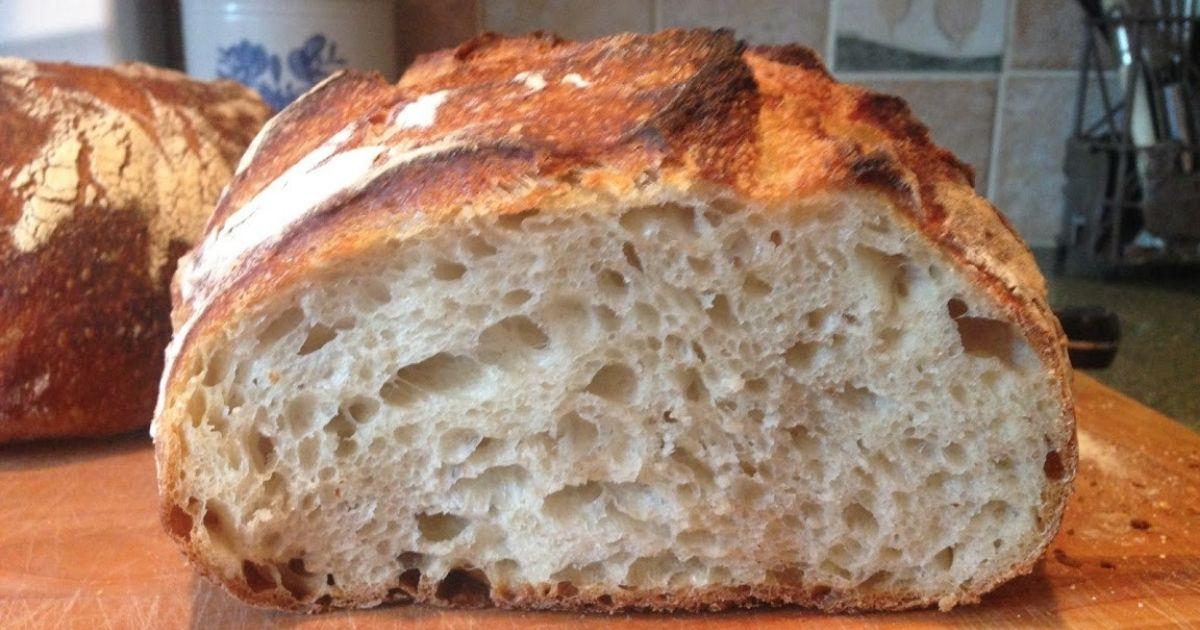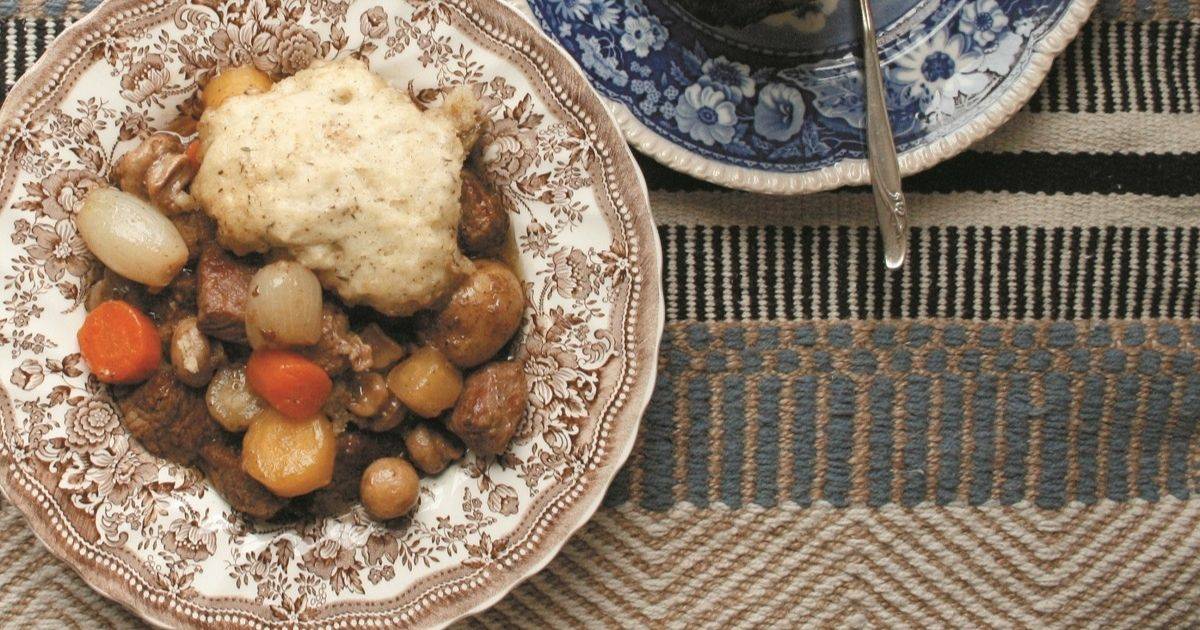There is something magical about a loaf of sourdough bread. Warm, chewy and nourishing, it is the ultimate comfort food that reminds us, at some primordial level, of log cabins, coureurs de bois, and our grandmothers’ kitchens.
Sourdough is the oldest type of leavened bread, with its use going back at least as far as ancient Egypt. In its most basic form, it contains only a handful of natural ingredients, such as organic flour, water, salt, and a starter culture grown from the wild yeasts and microfauna found in the surrounding environment. For many, it is this simplicity that draws people to sourdough. According to Andy Lofthouse, the owner of Ottawa’s Purebread Bakery, sourdough baking allows people to escape the “industrial bread” of our supermarkets and have a direct say in the food that they eat.
“We can see why modern bread has become unfashionable: It is filled with artificial ingredients and wrapped in plastic,” Lofthouse says. He feels that being involved in the production of artisanal, handmade foods offers people an opportunity to return to pre-industrial times, when they had a closer relationship to their sources of food. He has a point. A loaf of popular commercial bread at our local supermarket features a list of more than a dozen ingredients, including calcium propionate, acetylated tartaric acid, esters of diglycerides and soybean lecithin.
Yet it is more than just simple ingredients that draws people to sourdough. Elle Crevits, an Ottawa-based home cook who runs both classroom and online baking classes, feels that sourdough is part of a broader trend of people empowering themselves through better nutritional choices. “The tactile nature of making bread provides people with a connection to their environment that electronic media simply can not provide,” she says.
Lofthouse offers a similar perspective when he suggested that baking is a way out of the technology in which we have all become trapped. It is, he observes, an antidote to “Zoom culture.” This sentiment is also echoed by Heather MacMillan of Heather’s Hearth, a farm bakery near the town of Cobden, Ontario. In normal times, she bakes between 130 and 160 loaves of bread a week in her hand-built wood-fired brick oven and sells them at local farmers’ markets. To her, there is an almost meditative quality to baking. She reminds us that much of the flavour in sourdough comes from a living culture, adding that the balance between the yeasts and the bacteria can have a profound effect upon the sweetness or tanginess of the bread. “It’s different from just putting on a batch of cookies,” MacMillan says. “You need to nurture sourdough, and that takes time. It can be nostalgic for people.”
Elle Crevits is also a strong supporter of people and communities sharing their starters, and she always encourages her students to do so. However, when she was faced with a rising demand for sourdough, she started selling dehydrated starters from her Elle Chef website. Those cultures are now helping to bake bread from Newfoundland to British Columbia to as far north as Yukon.
Whether you buy, borrow, trade or grow your own starter, in the end sourdough baking is like many arts. It can be learned quickly but take years to master. And as with anything that takes time to perfect, the rewards are rich. On a cold winter’s day, home cooks can fill their world with the ancient smell of baking bread, and warm themselves with thick cuts of toast slathered with golden butter and homemade strawberry jam. They can, if only for an hour or two, slow the world down and return to a simpler time.
Basic Sourdough
Recipe courtesy of Andy Lofthouse, Purebread Bakery
380 g water
100 g refreshed sourdough starter
550 g bread flour
10 g salt

METHOD
Mix first three ingredients together in a large bowl until amalgamated. Add a little more water if it feels too dry—dough should feel a little bit stickier than you are happy with!
Cover and leave for 30 minutes.
Add salt, then fold dough. Leave for 45 minutes. Fold again, and repeat 3 times.
Pre-shape into 1 or 2 loaves. Let rest for 15 minutes.
Shape again, then place in proofing basket or loaf tin. Cover and leave to proof for 2 to 3 hours.
Score surface, then bake in hot oven (450°F) for 25 to 30 minutes (small loaves), or 40 to 45 minutes (large loaf).


Turn temperature down if loaf is getting too dark.

TIPS Investing in a digital scale will help with consistency and make you a better baker, and recipes you find in grams will tend to be more reliable than those given in volume. Play with ingredient ratios to get a result you are happier with. If whole grain flour is used, add a little more water.

Shawn MacWha spent his youth in the lakes and forests of the Laurentian Mountains and in a small town east of Ottawa, surrounded by cows. One of his first jobs was at the Cumberland Heritage Museum, a historic village set in the 1920s. Since then, he has travelled extensively and lived and worked in such places as Calgary, Japan and Malaysia. Shawn currently lives in Ottawa with his wonderful wife, Ann, and their four amazing kids, Rob, Ali, Henry and Clara.














